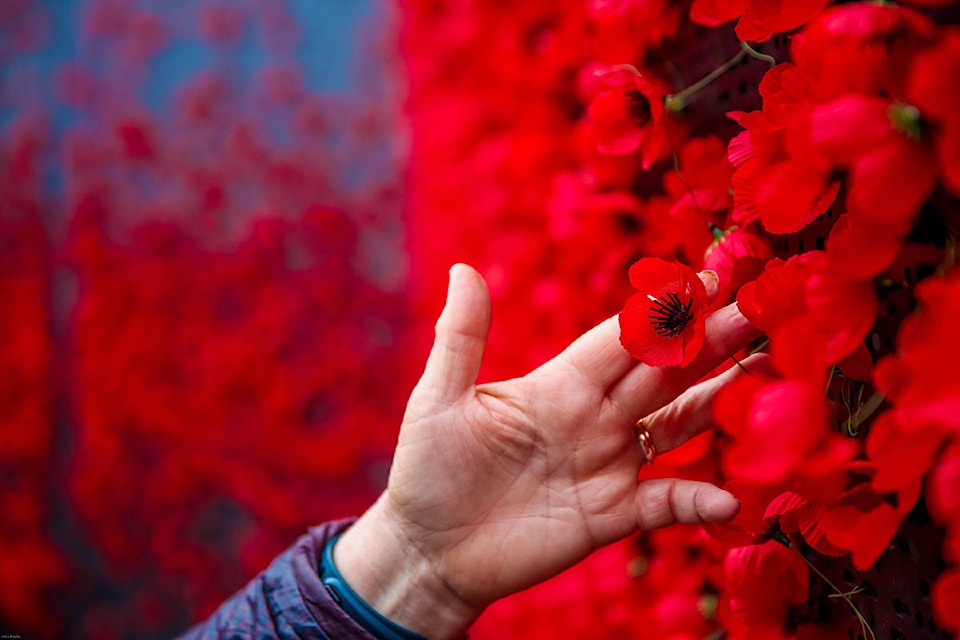By Kevin J. Sabo For the Advance
Living in a small community in the middle of the Alberta prairies, it’s easy falling into the trap that world events take place in faraway lands.
The Legion Cemetery in Castor and the memorial plaques that adorn the walls of the Castor Legion (Branch#119) are a grim reminder that even the worst world conflicts can affect an out of the way place such as we call home.
Yet, when Europe went to war in 1914, fighting the aggression of the Austrian Empire sparked by the assassination of Arch-Duke Ferdinand in Sarajevo, Bosnia, on June 28th of that year, over 200 men of Castor and the surrounding area joined the Canadian military to fight overseas, taking part in a bloody war which lasted for four years.
While many made it home, not all of those who went to fight returned, and are buried in war cemeteries throughout Europe.
The armistice ending World War One came into effect on Nov. 11th, 1918.
The survivors of the war returned home from Europe after the war while the politicians imposed a peace treaty on Germany which also resulted in the dissolution of the Austrian Empire. As the soldiers returned to their homes in Castor, a community barely eight years old at the end of the war, they hoped that the conclusion of the war would bring about a lasting peace.
The hope was short lived, however, with the rise of Adolf Hitler and the re-emergence of Germany as a military power less than two decades later. Hitler rebuilt the German military, testing its ability in a series of skirmishes including the Spanish Civil War.
When he was happy with the capabilities of his forces and propped up by other fascist governments in Spain and Italy, Hitler triggered World War Two by invading Poland on Sept. 1st, 1939, dragging the world into a war that would not conclude until 1945.
Over 400 of the youth from Castor and district volunteered to again serve in the Canadian military, taking part in many famous actions of World War 2.
Soldiers such as Bombardier Ivor Price Bowen served in the Canadian Artillery and took part in the D-Day raid, fighting through France, Belgium, and into German until the war ended before returning home to Canada and settling in the Castor area.
Another well-known family name in the region is Fiss, with Murray Fiss serving in the Canadian Air Forces, and eventually becoming a pilot, hunting for Japanese submarines off the west coast of Canada.
After the war he returned to civilian life, and his uniform tunic is proudly displayed in the Castor Legion, donated by his son, Brian.
However, not all stories of the soldiers who served resulted in the men coming home.
Twenty-year-old Warrant Officer George Russel Holm joined the military in 1941 and served as a Lancaster bomb aimer with a squadron based in England, until his aircraft was shot down over Germany.
He is buried in a war cemetery in Germany.
Eventually, the allies were victorious over Germany, and the sons and daughters of Castor who went to Europe to fight began to return home, forever changed by their experiences.
Castor is but one small community in Canada, however its stories are similar to those of communities all over the country.
The stories of those who served are fading with time, however thanks to the work of the Legion, and the annual Remembrance Day services, the memories of those who fought and fell live on.
While we may not be able to remember together in 2020, take a moment of silence at 11 a.m. on Nov. 11th and remember them, lest we forget.
The Castor Legion will perform a small ceremony of remembrance on Nov. 11th at the Cenotaph, shortly before 11 a.m.
